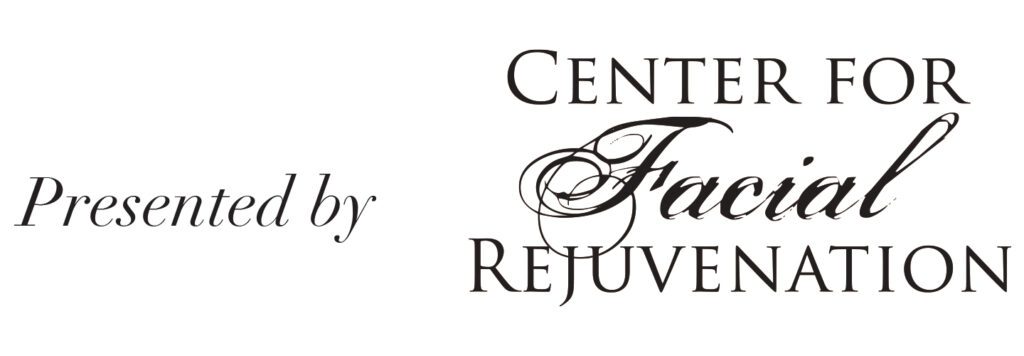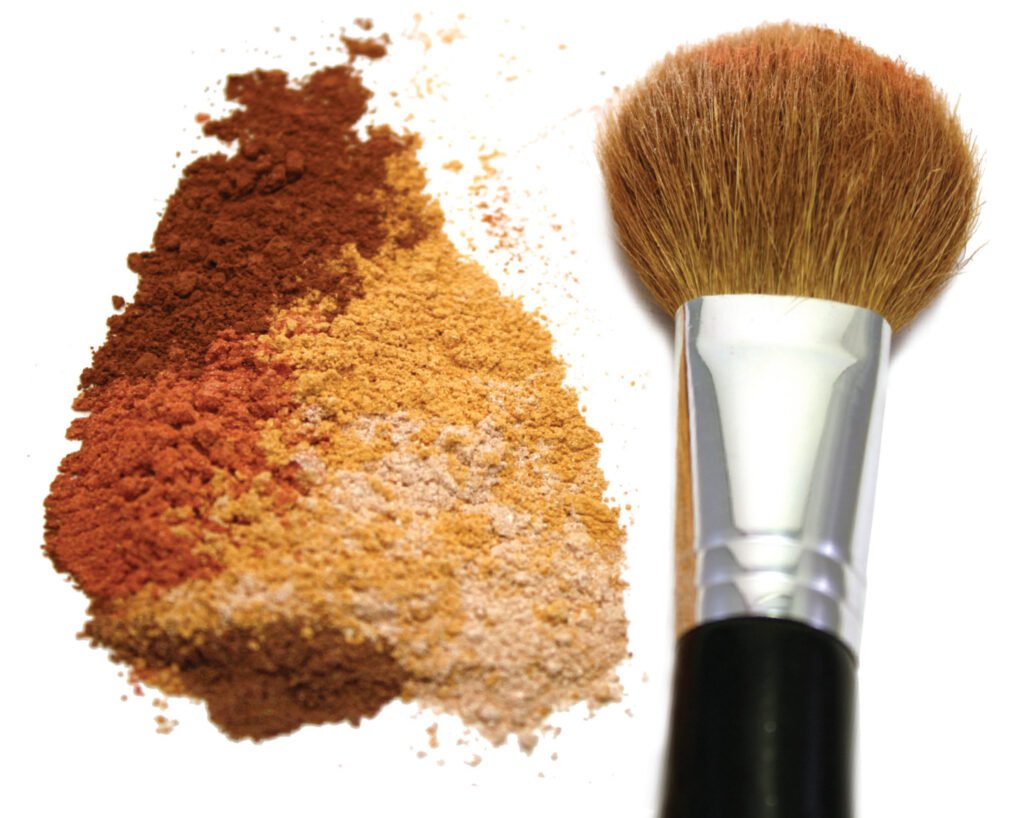Everything You Want to Know About Mineral Makeup
You’ve probably seen the commercials while channel surfing – the ones where a woman’s face is dusted by a big fluffy brush and ends up looking as flawless as if it had been airbrushed. Maybe you were intrigued enough to purchase your own mineral makeup, or maybe you’re still wondering what exactly it is and if it has the potential to trump the kind you’ve been using for years. To keep you from wondering any longer, here’s the 411.


Q. What is mineral makeup?
A. Mineral makeup is made of crushed, pure minerals such as titanium dioxide, zinc oxide, and mica. Some minerals, such as titanium dioxide, go through a purification process to extract contaminants such as mercury and lead. Mineral makeup usually comes in a loose powder form and you can find anything from blush and bronzer to eye shadow and lipstick in mineral forms.
Q. What are the benefits?
A. Mineral makeup is made of natural ingredients so it typically doesn’t include preservatives, parabens, mineral oil, chemical dyes, or fragrances. This is especially helpful for people who have sensitive or acne-prone skin.
Mineral makeup allows your skin to breathe, since it doesn’t coat it like traditional makeup does. Unlike many other kinds of makeup, it won’t trap unwanted dirt and oil onto your skin or worsen blemishes or redness.
Another benefit of mineral makeup is its sun-blocking effects. Two common mineral makeup ingredients – titanium dioxide and zinc oxide – are physical sun blocks, and offer minimal sun protection for days you won’t be outside much.



Q. I’m starting to age and want to cover fine lines. Can mineral makeup help with that?
A. Think of the way thick foundation settles into the cracks and crevices on your face. Mineral makeup has the opposite effect. While the light-reflecting tendencies of mineral makeup usually require you to go a shade darker, they also create a soft ethereal glow which counteracts the look of fine lines and wrinkles.
PRO TIP
Some mineral makeup companies claim their products are so pure you can sleep in them. While this might technically be true, it’s always a good idea to thoroughly cleanse your face before bed! Your face probably still has some dirt, sweat and/or excess oil you’ll want to clear away before hitting the pillow.
Q. Does it really give good coverage?
A. Even though mineral makeup is mostly powder-based, it can give just as good, if not better, coverage than traditional foundation. Mineral makeup is also buildable, meaning, you can add as many layers as you feel comfortable with to achieve the look you want. A small amount goes a long way since the color is highly concentrated, so start with a thin layer and build upon it as you see fit. And be sure to let your moisturizer absorb before you start applying.
Q. How do I pick my shade?
A. Choosing a shade of mineral makeup can be tricky, since minerals reflect light. This means you’ll probably want to opt for a shade darker than what you’re used to. Test a few shades out on your neck or jaw line in natural sunlight.



Q. What if I prefer liquid makeup?
A. These days, some mineral makeup can be found in liquid foundation form. However, since microbes thrive in moisture, liquid forms usually contain some type of preservative. If you’re set on using a liquid foundation, but still want to test out mineral makeup, you can create a DIY foundation by mixing mineral makeup powder with water or moisturizer. Then, apply it with a sponge as you would any other foundation.
PRO TIP
Give mineral makeup a try if you have skin issues such as acne, eczema, or rosacea, as it tends to have a calming effect on the skin.

